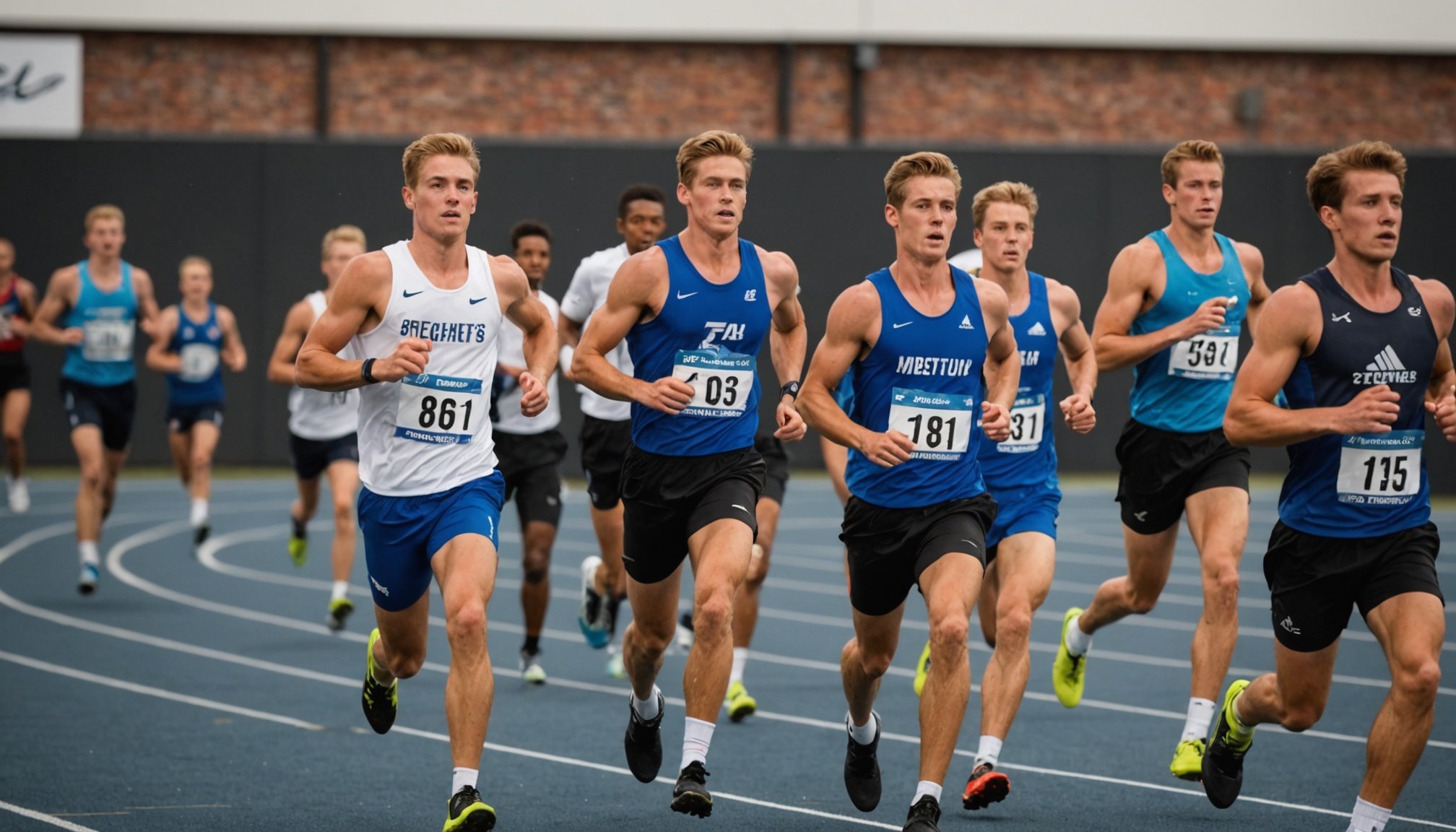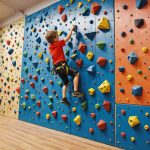Hydration Strategies
Maintaining proper hydration techniques is critical for athletes, especially before, during, and after intense physical activity. The importance of consistent fluid intake cannot be overstated, as it plays a vital role in sustaining energy levels and preventing performance decline in challenging conditions. Athletes are encouraged to consume fluids regularly, with a combination of water and sports drinks to ensure an electrolyte balance.
Electrolytes such as sodium and potassium help regulate nerve and muscle function, making them essential for performance, particularly in humid climates. Sports drinks often contain these vital elements, making them an ideal choice for athletes exposed to prolonged sweat loss. Fluid intake recommendations vary depending on the individual and the intensity of the sport, but generally, starting with 500ml of water two hours before activity is advised, followed by regular intake throughout.
Also to discover : Elevate your endurance: the role of genetic testing in personalizing training strategies for long-distance runners
Monitoring urine colour as an indicator of hydration level can be a practical approach. The aim should be to keep urine light in colour, signifying adequate hydration. Utilizing structured hydration techniques ensures athletes remain at their peak without succumbing to the adverse effects of dehydration.
Acclimatization Techniques
Acclimatization is crucial for athletes competing in humid environments. The acclimatization process involves gradually conditioning the body to cope with heat stress. This process typically spans over one to two weeks, allowing physiological adaptations such as improved sweat response and efficient blood flow to occur, enhancing heat tolerance.
Also to see : Unlocking peak performance: the essential carb loading guide for triathletes before race day
Training adjustments play a vital role in acclimatization. It’s recommended to start with lower-intensity sessions progressing to moderate-intensity over time. This progressive approach helps athletes minimize the risk of heat-related illnesses while maximising their endurance and performance capability in high humidity conditions.
Heat adaptation strategies focus on tweaking the duration and intensity of training sessions. Early days of acclimatization should involve shorter, controlled intensity workouts, gradually building up to full-duration sessions as the athlete adapts. This method ensures effective adaptation without overstressing the body.
Physiological changes during acclimatization can include increased plasma volume, enhanced ability to regulate core temperature, and improved cardiovascular function. These adaptations support improved performance under thermal stress. By embracing these acclimatization techniques, athletes can better prepare themselves for the rigors and challenges of performing in warm, humid environments.
Cooling Strategies
Cooling techniques play a critical role in sports, aiding thermal regulation and optimizing performance enhancement. Effective cooling methods can reduce the risk of heat stress during competitions. Pre-cooling, for instance, involves methods like ingesting crushed ice or taking a cold bath before activity to lower core body temperature. This can delay the onset of fatigue, keeping athletes sharp and focused.
During events, wearing cooling vests can significantly aid in managing body temperature. These vests use materials that retain cool temperatures and are effective in keeping the core temperature from rising excessively, allowing athletes to perform consistently.
Environmental conditions also greatly influence cooling strategies. Choosing appropriate clothing that allows for efficient sweat evaporation is crucial. Lightweight, breathable fabrics can prevent heat entrapment, and lighter colours can reflect sunlight, reducing heat absorption.
Understanding thermal regulation and adapting strategies according to the climate provides a clear advantage in competitive sports. By acknowledging the impact of environment and employing varied cooling methods, athletes can mitigate heat-induced performance decrements, ensuring they perform at their peak. Smart selection of cooling equipment and clothing allows for sustainable heat management without compromising on performance.
Nutrition Adjustments
In humid conditions, adjusting nutrition for athletes can substantially impact energy management and performance quality. Paying close attention to energy management is critical, as maintaining optimal energy levels supports prolonged endurance and peak athletic output.
Performance diet strategies suggest emphasizing carbohydrate and protein intake. Carbohydrates are vital, serving as the primary fuel source, while proteins aid in muscle repair and recovery. A well-balanced intake of these macronutrients ensures sustained energy availability.
Meals and snacks should be timed strategically. Consuming a carbohydrate-heavy meal about three hours before an event can boost energy reserves. Following this, smaller snacks rich in carbohydrates and proteins should be consumed 30-60 minutes before activity to maintain steady energy levels.
Athletes should also adjust their diet to include essential vitamins and minerals, encouraging metabolic processes and minimizing fatigue. Foods rich in magnesium, zinc, and vitamins B and C can facilitate effective energy use.
The diet should adapt to individual and sport-specific needs, considering factors like workout intensity and duration. By meticulously planning meals and nutrient intake, athletes can optimize their performance and efficiently manage energy in challenging environmental conditions.
Mental Preparation
Maintaining mental toughness in humid environments requires strategic psychological conditioning. Athletes benefit from focus techniques that minimize distractions and maintain composure under pressure. Visualization techniques can enhance performance outcomes, helping athletes mentally rehearse success scenarios.
Developing a strong competition mindset begins with setting clear, achievable goals. These goals should be specific to both performance ambitions and environmental challenges, ensuring athletes remain goal-oriented even in adverse conditions. Consistent practice of positive self-talk can bolster an athlete’s resilience, turning potential setbacks into motivation.
Stress management is paramount in sustaining mental acuity. Techniques such as breathing exercises and mindfulness can help regulate anxiety levels, keeping athletes calm and focused. These practices are essential to maintaining a steady heartbeat and optimizing oxygen consumption, crucial for both mental and physical endurance.
Incorporating these mental preparation strategies can significantly enhance an athlete’s ability to perform in humid conditions. Engaging in routine mental exercises prepares athletes to face challenging weather with calm and confidence, ensuring they remain competitive. By prioritizing both mental and physical preparation, athletes can better confront the multifaceted challenges of competition.








